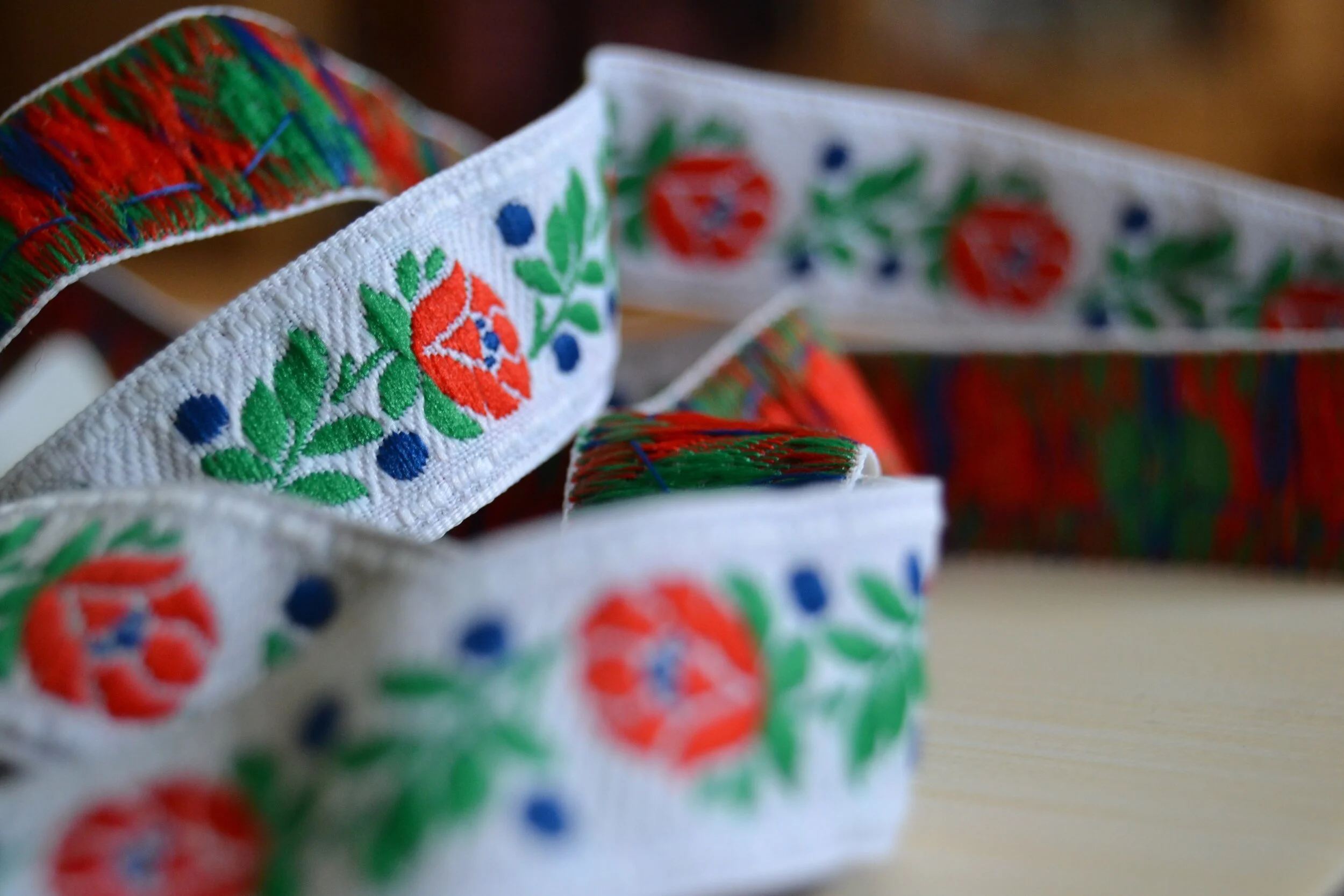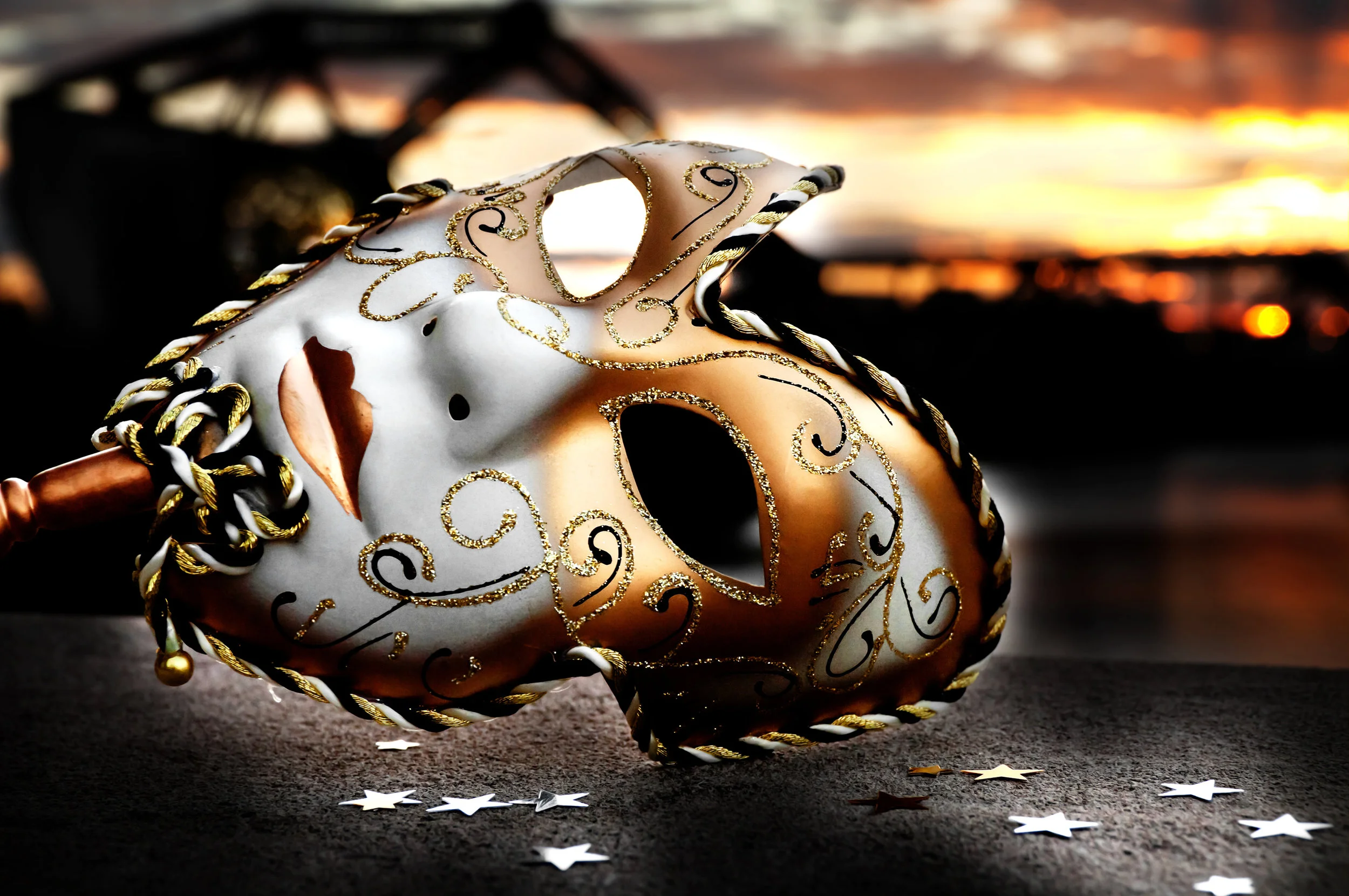On November 11th, the Czech Republic celebrated St. Martin’s Day by having a feast in honor of St. Martin of Tours. St. Martin of Tours himself was a Roman soldier who became a Christian monk after an act of kindness. One of the main courses features roasted goose, inspired by the story of cackling geese. This feast is a feature of many European cultures, as well.
The Origin of the Bohemian Name
Before the Czechs were Czech, they were Bohemian, beginning with Roman-named Celtic “Boii” people. The Germans called the land “Böhmen” while the Romans called it “Boiohaemum,” meaning the history of the Boii continued to influence the land long past their existence there, even by the time the Czechs began living there. Translated to English, these names became “Bohemia,” where “Bohemians” lived, before they were finally known as Czechoslovakians, then as Czechs and Slovakians in their respective nations.
Ride of the Kings
Each spring, people in the Czech Republic celebrate many different events and holidays. The Ride of the Kings is one of the Czech Republic’s many unique customs. It is so deeply rooted in the history and culture of the area that it was placed on the UNESCO heritage list and has been painted, photographed, and filmed to preserve its tradition.
The Czech Republic's Communist-Era Architecture
For the Communist countries in Eastern Europe, the necessary rebuilding following World War II was accomplished in the construction style that the Soviet Union popularized. As a result of this period, the Czech Republic has many buildings and monuments that differ significantly from the historic ones surrounding them, serving as a reminder of its Communist era.
10th Anniversary of Krtek in Space
Five Czech Towns to Visit
With twelve UNESCO World Heritage Sites, four awe-inspiring national parks, and literally thousands of castles, there is much to see in the Czech Republic beyond the beautiful city of Prague. Today, we’ve compiled a short list of five towns that definitely warrant the trip next time you visit the country.
Memento Mori
The Kroj - A Connection to Czech Heritage
Jan Žižka
The Slavic Circle
The circle is one of the most widespread and universal symbols. It commonly represents unity, wholeness, and infinity. In Slavic culture, it is especially important, often associated with the Sun, protection, and rebirth. Perhaps some of the most preserved examples of this symbol are the Slavic circle dances: kolo and khorovod.
Koláče, Klobásníky, and Czech Cuisine
If you’re from Texas, you’re guaranteed to have tried kolache - a savory sausage wrapped in a roll of sweet dough. However, that name is misleading. A kolač (pronounced kolach) is actually a sweet pastry made of puffy dough with a fruit filling. Originally brought to the United States by Moravian immigrants, it’s now a widespread dessert and snack. The savory snack mistakenly referred to as kolache, is actually called klobasniky, and it has an interesting Texan origin.






















